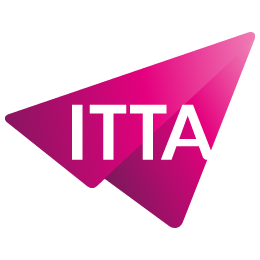Home > Trainings > IT Pro > Virtualization > VMware vSphere v8 – What’s New
Module 1: Course Introduction
Module 2: Artificial Intelligence and Machine Learning
Module 3: vSphere Distributed Services Engine
Module 4: vSphere and vCenter Management
Module 5: ESXi Enhancements
Module 6: vSphere Storage
Module 7: Guest OS and Workloads
Module 8: Resource Management
Module 9: Security and Compliance
Module 10: vSphere Lifecycle Manager
Module 11: Auto Deploy
Module 12: vSphere with Tanzu
Module 13: Announcing vSphere+

Nous utilisons des cookies afin de vous garantir une expérience de navigation fluide, agréable et entièrement sécurisée sur notre site. Ces cookies nous permettent d’analyser et d’améliorer nos services en continu, afin de mieux répondre à vos attentes.
Monday to Friday
8:30 AM to 6:00 PM
Tel. 058 307 73 00
ITTA
Route des jeunes 35
1227 Carouge, Suisse
Monday to Friday, from 8:30 am to 06:00 pm.